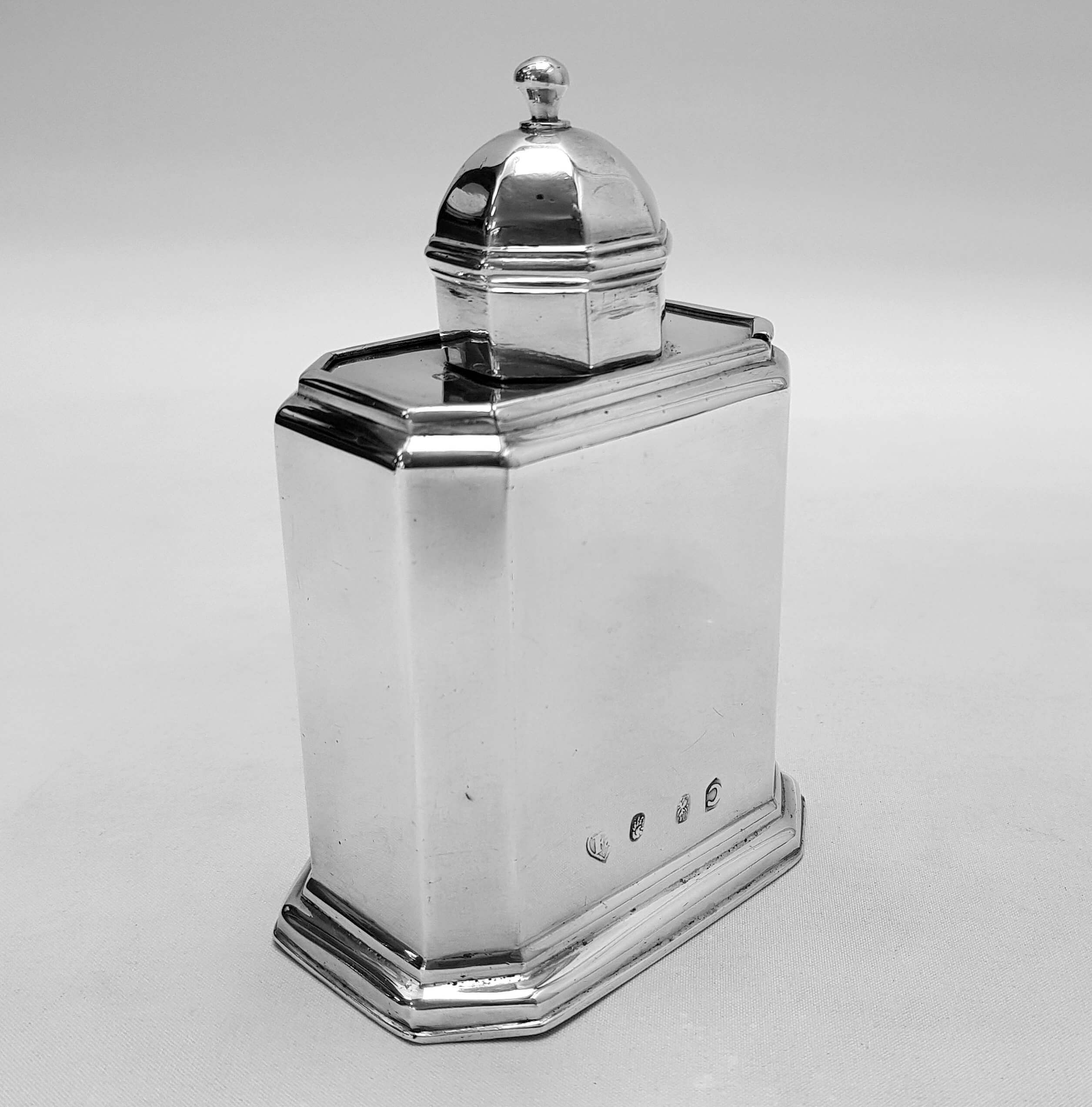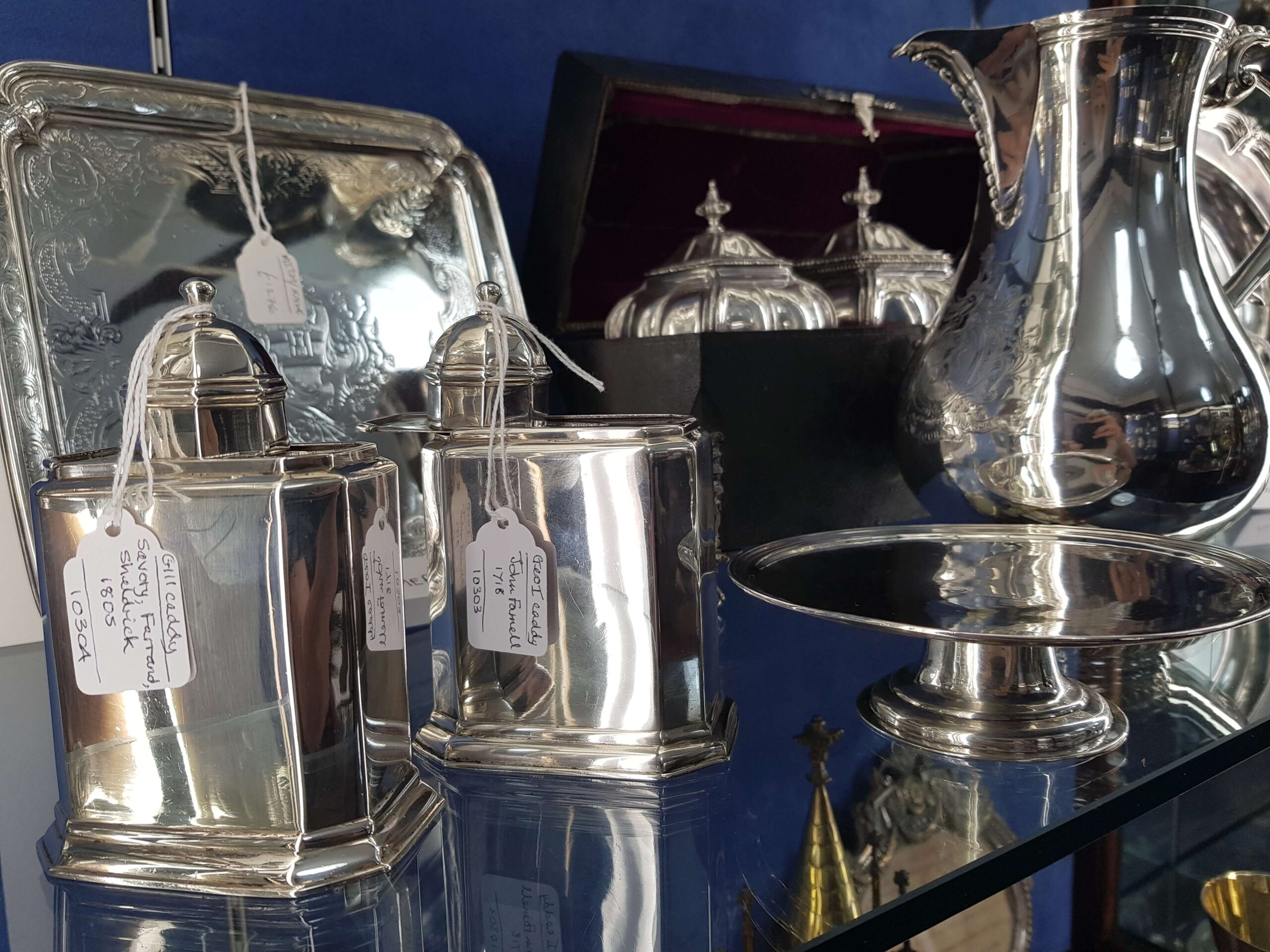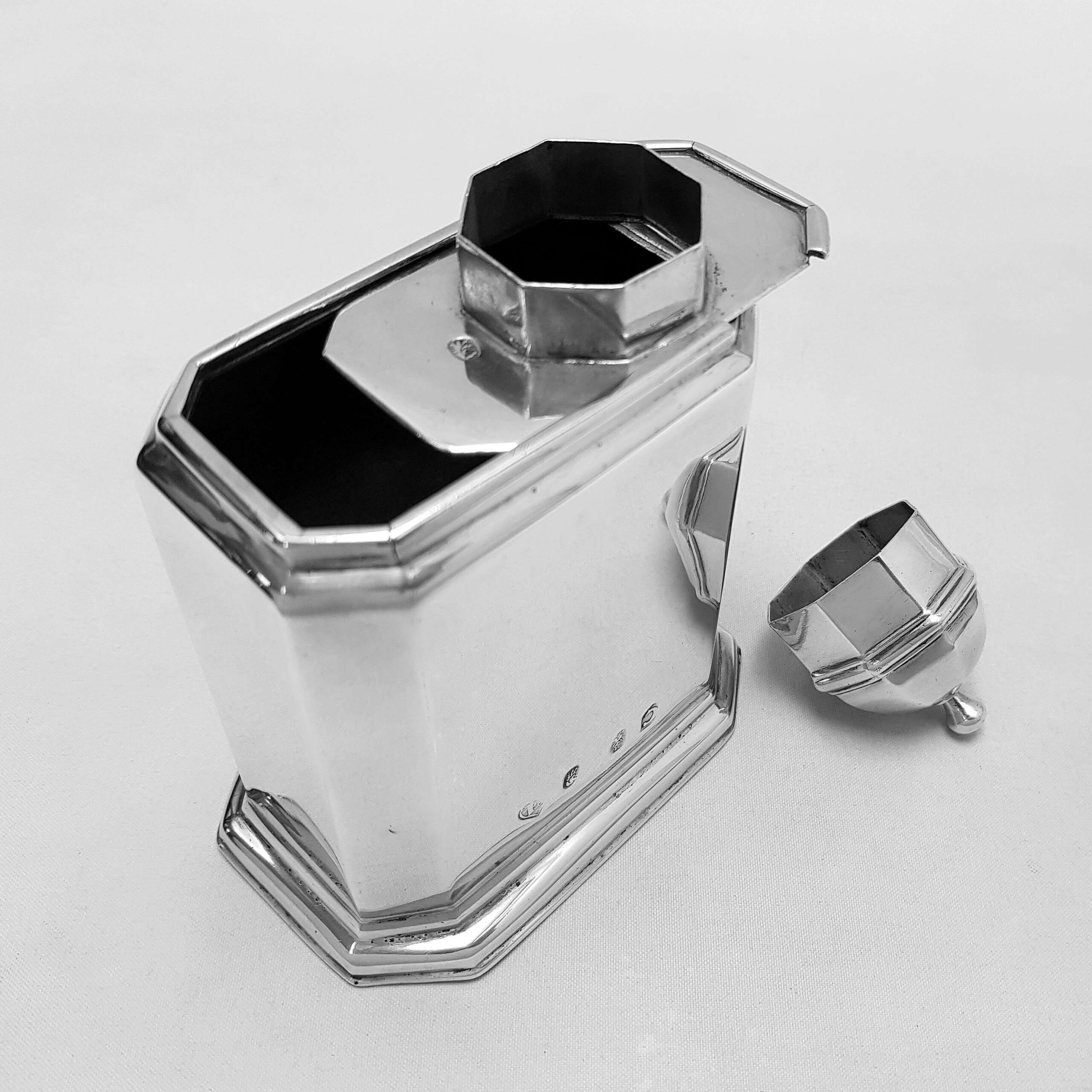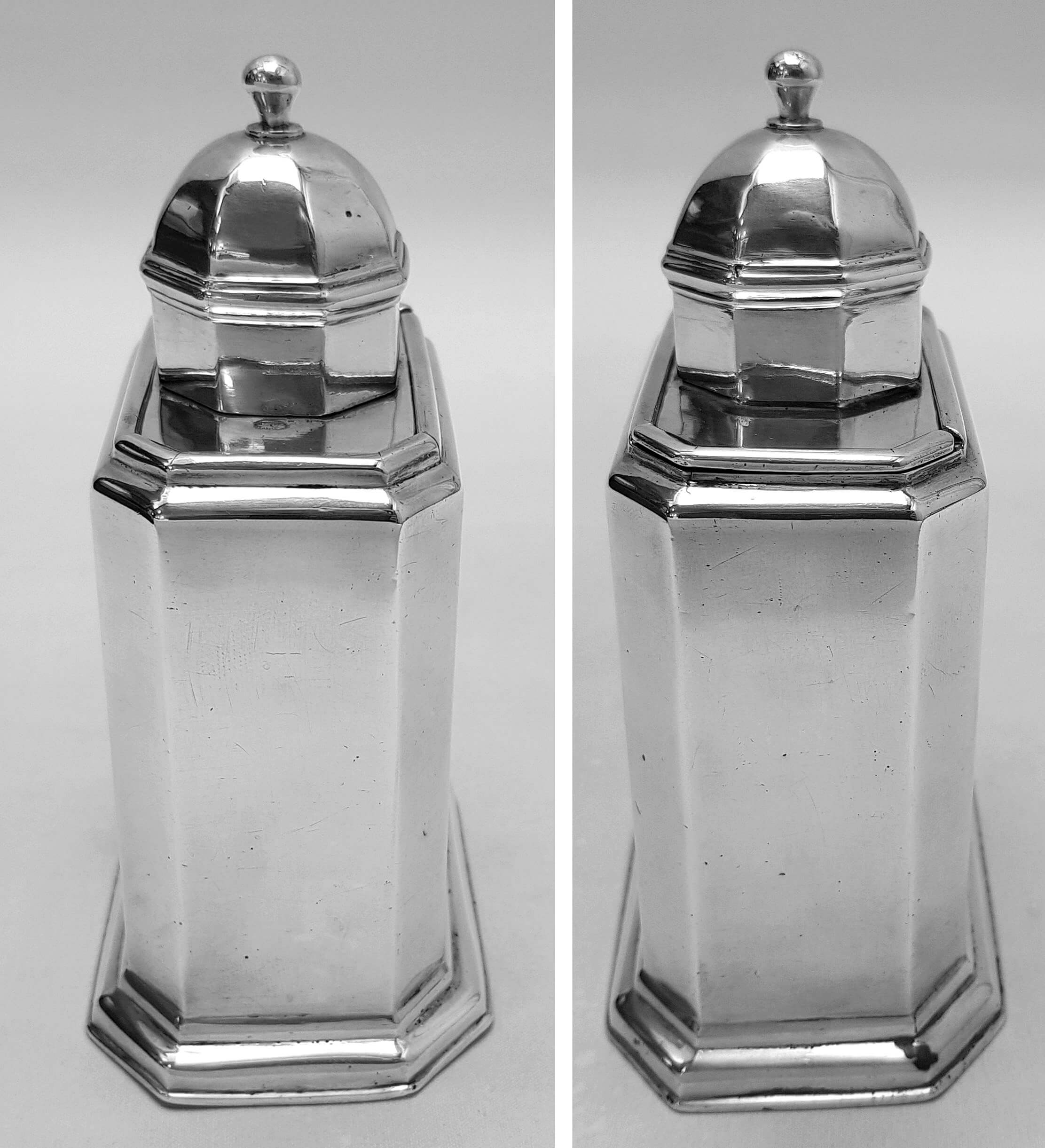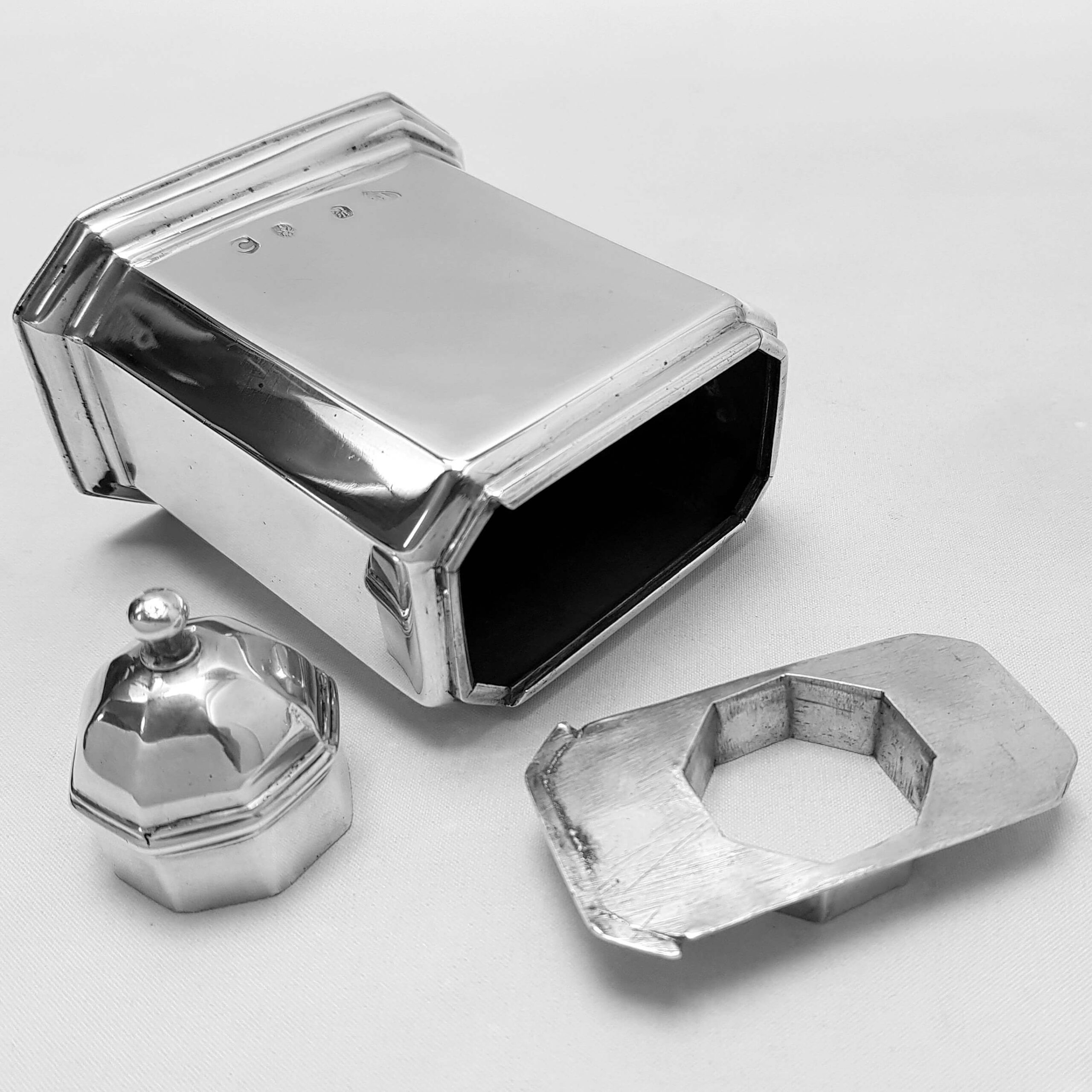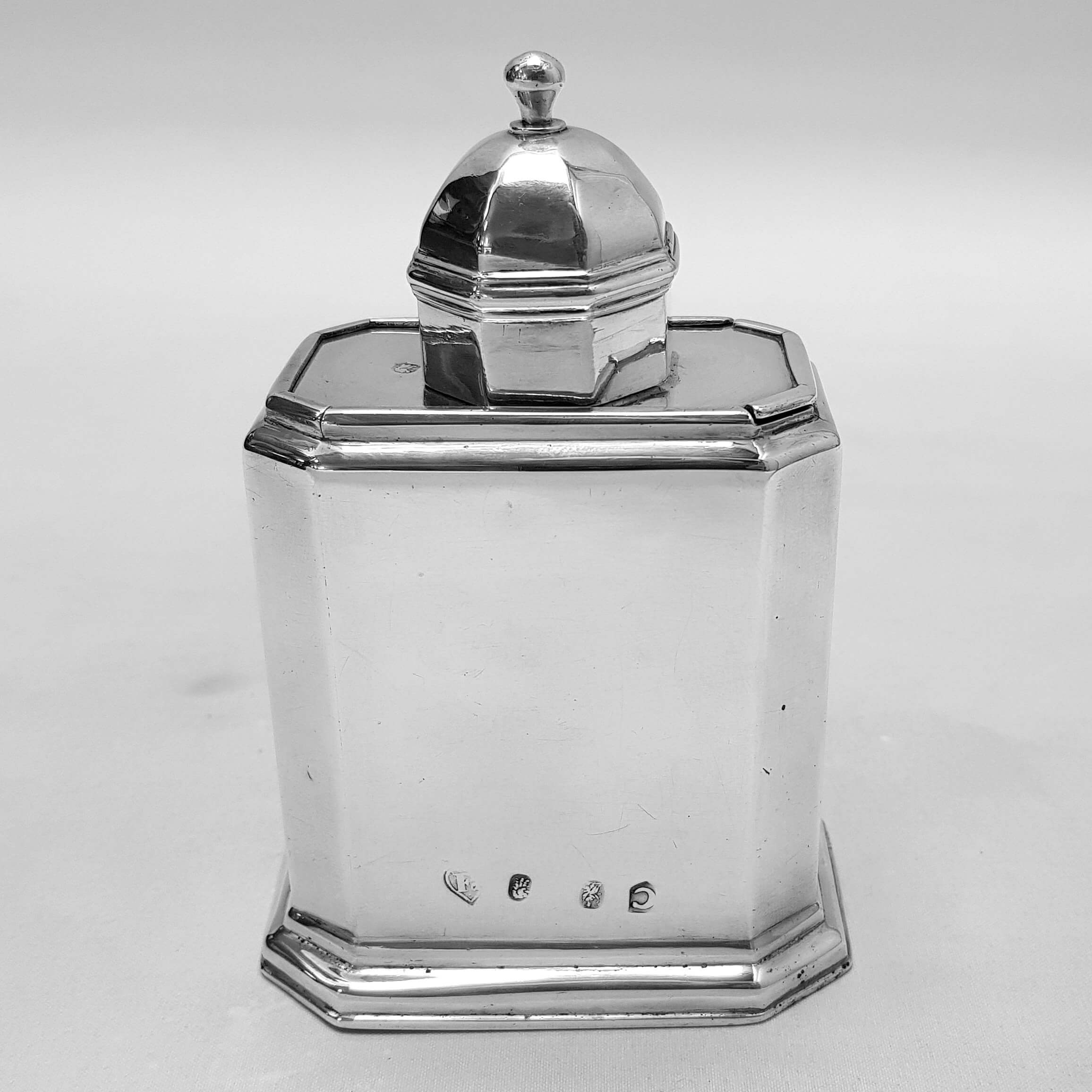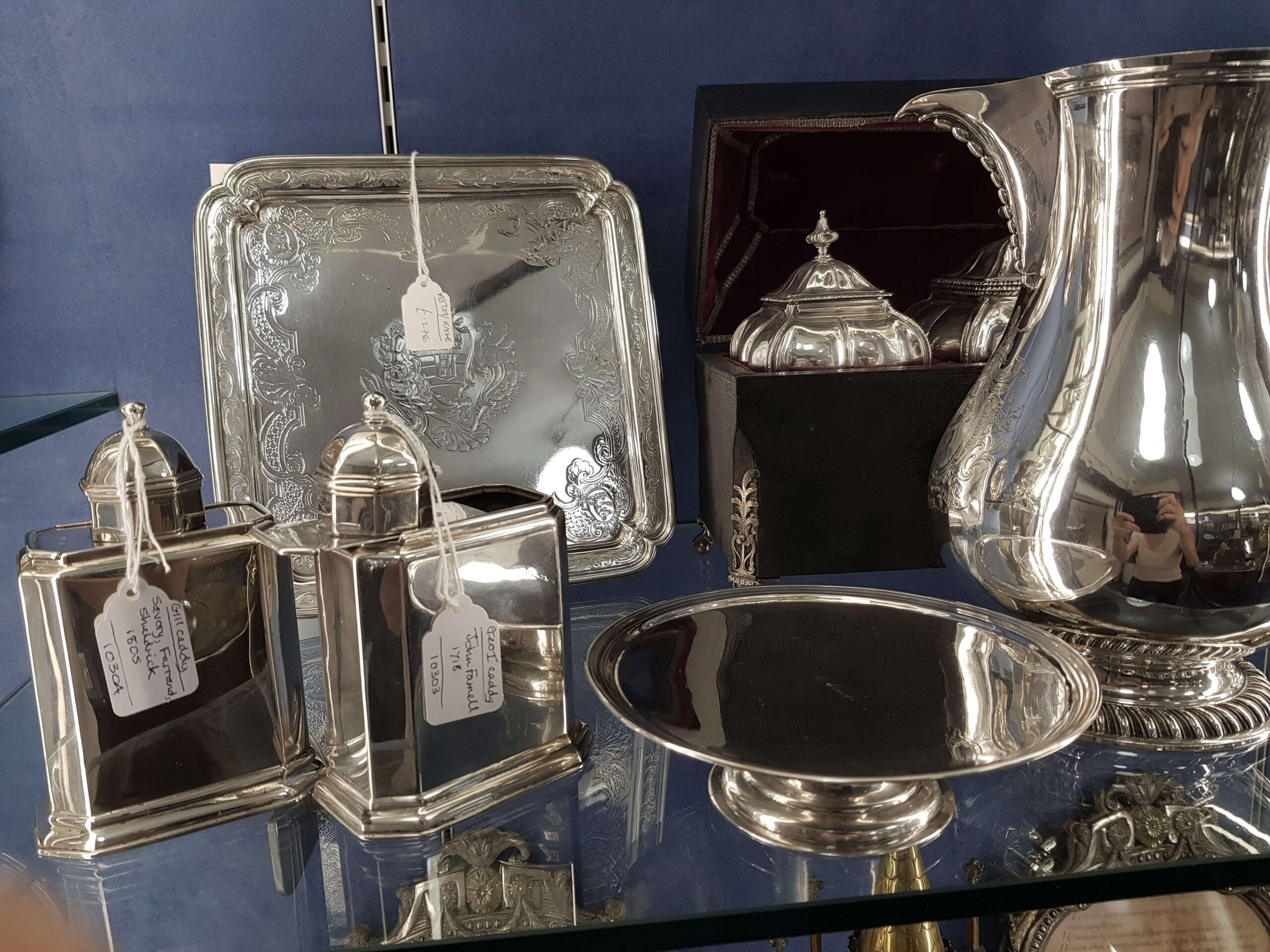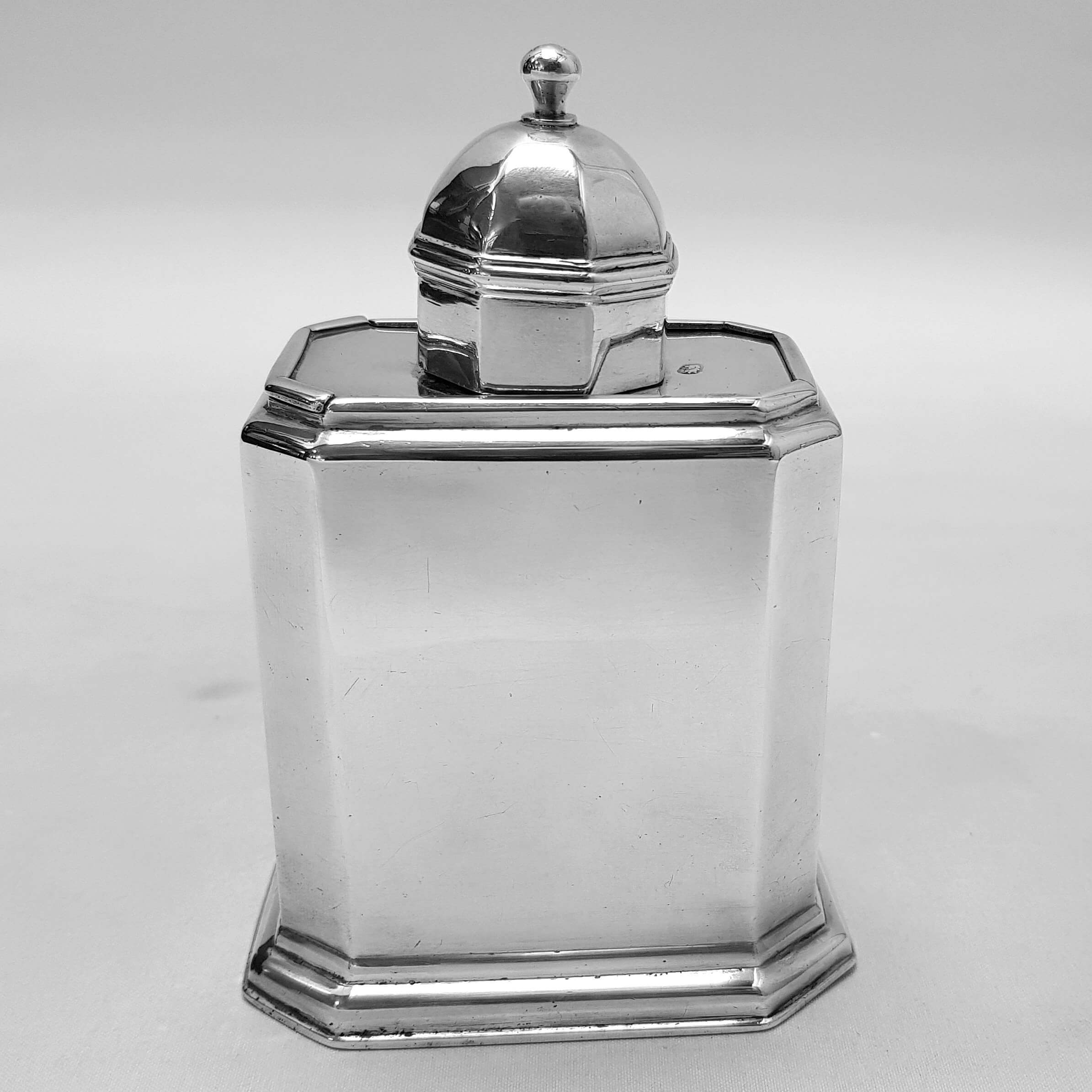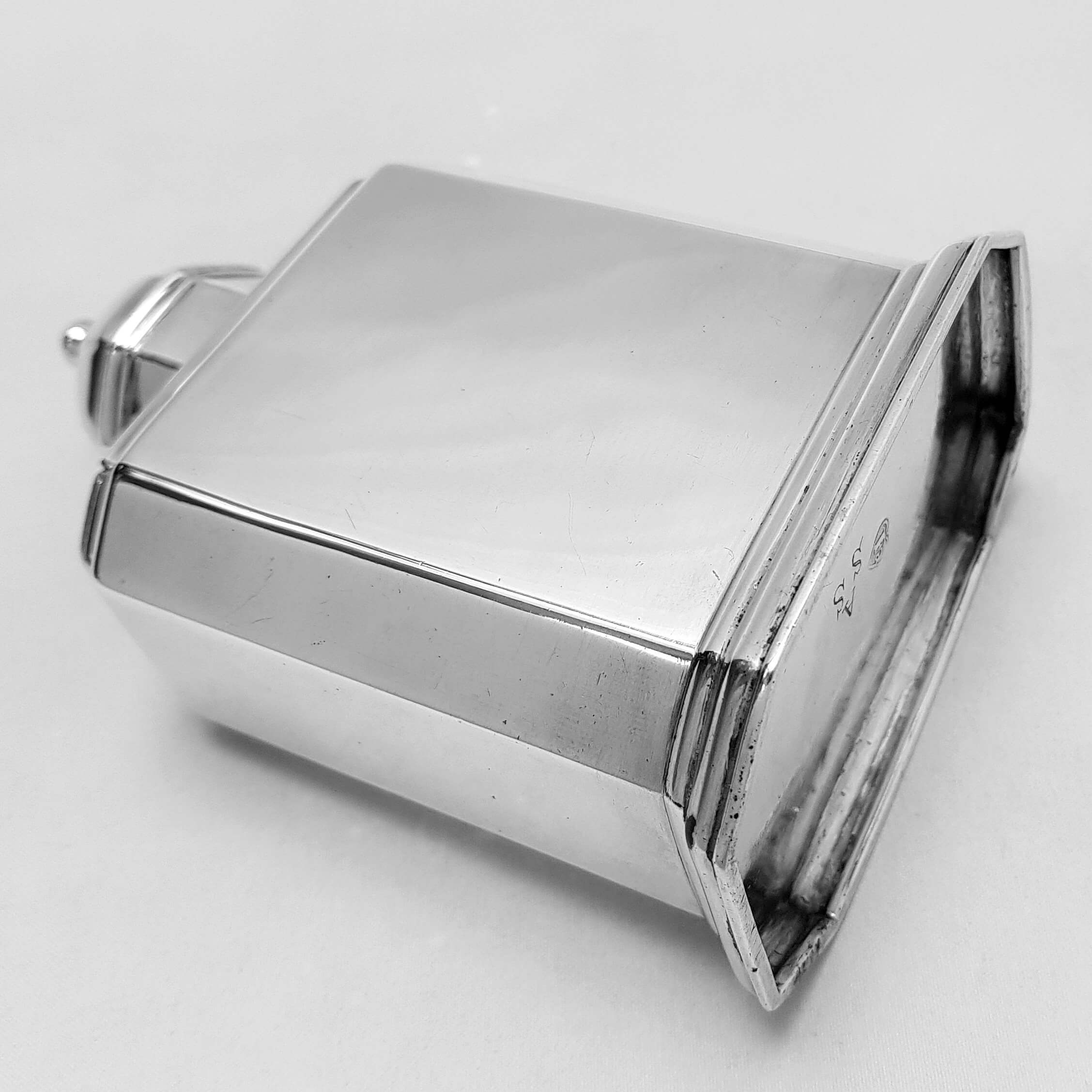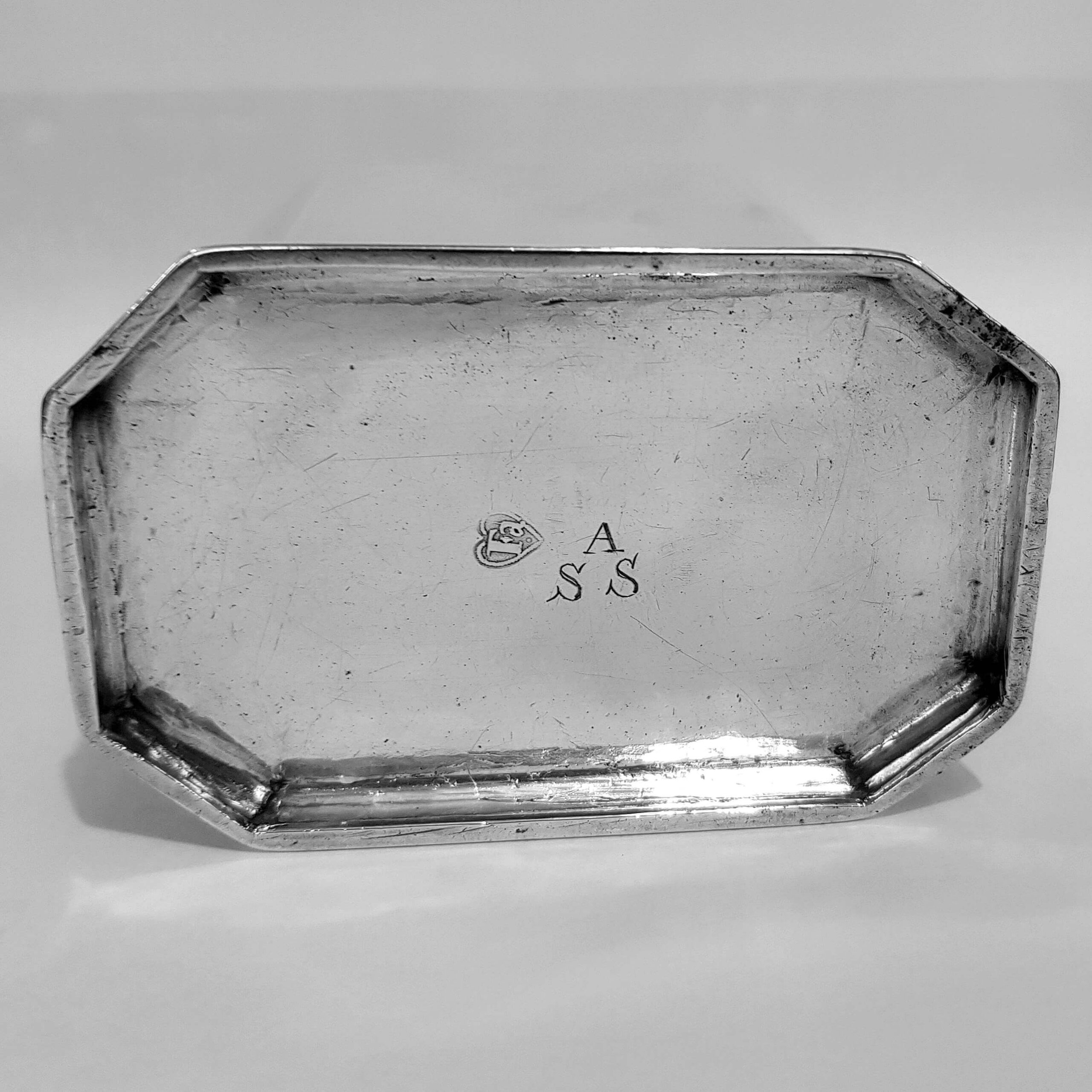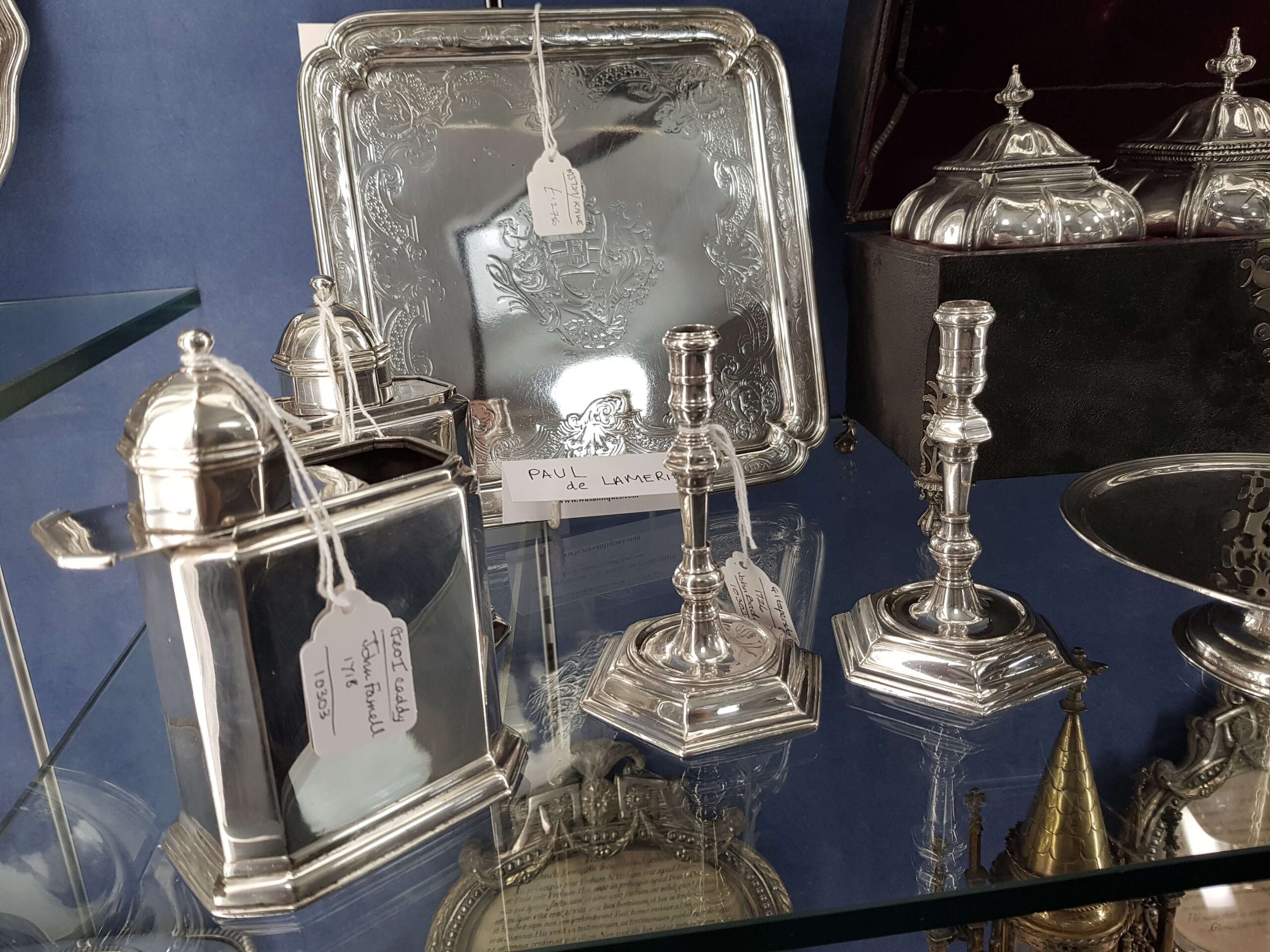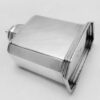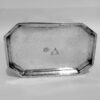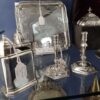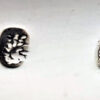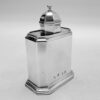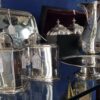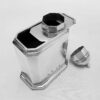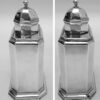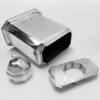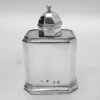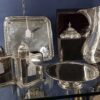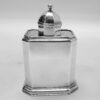George I Antique Silver Tea Caddy
SOLD
Stock: 10303
Date: 1718
Maker: John Farnell
Country: England
A good early English silver caddy of plain rectangular design with the plain hexagonal design typical of the early 1700’s....
Description
Condition
This lovely caddy is in very good condition. Excellent patina. Shows small signs of wear in keeping with its age. A few minor dinks.
Maker Information
Maker: John Farnell
John Farnell, London silversmith, apprenticed to John Ash 1706, free 1714. Mark entered as largeworker 1714. 2nd mark (Sterling) 1720. Livery 1728. His mark is often found on hexagonal tea caddies.
Our Guarantee
Customer satisfaction is our primary concern
All silverware on our website is checked thoroughly prior to offering it for sale and every product listing contains a condition report and details of the silver hallmarks.
All items offered on our website include:
- Free Shipping Worldwide
- Tracked and Insured
- 14 day no quibble money back guarantee
- We are accredited members of LAPADA and conform to their strict professional standards
- We dispatch 1-3 days after receiving cleared payments
More detailed information about deliveries, returns and how to pay is available in the Help section at the bottom of this page.

